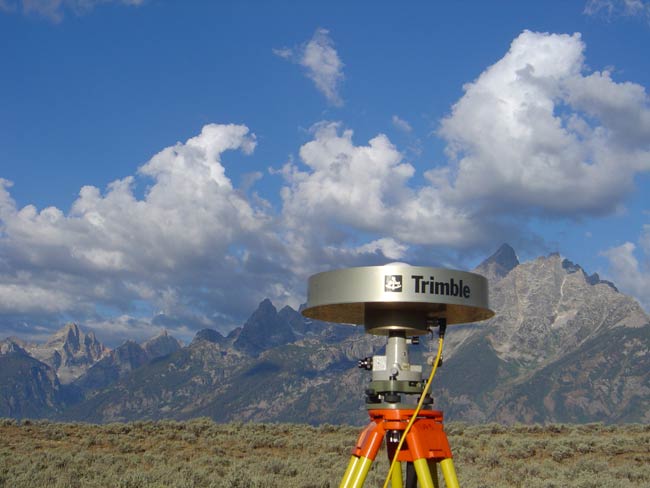Surprising Activity Discovered at Yellowstone Supervolcano

Supervolcanoes can sleep for centuries or millennia before producing incredibly massive eruptions that can drop ash across an entire continent. One of the largest supervolcanoes in the world lies beneath Yellowstone National Park, which spans parts of Wyoming, Montana and Idaho.
Though the Yellowstone system is active and expected to eventually blow its top, scientists don’t think it will erupt any time soon.
Yet significant activity continues beneath the surface. And the activity has been increasing lately, scientists have discovered. In addition, the nearby Teton Range, in a total surprise, is getting shorter.
The findings, reported this month in the Journal of Geophysical Research—Solid Earth, suggest that a slow and gradual movement caused by a giant hotspot of molten rock beneath a volcano can shape a landscape more than sudden ground movements caused by the volcano’s frequent earthquakes. [Image Gallery: Wild Volcanoes ]
For the past 17 years, researchers used Global Positioning System (GPS) satellites to monitor the horizontal and vertical motion of the Yellowstone caldera—a huge volcanic crater formed by a super-eruption more than 600,000 years ago.
The movement of the caldera indicates what’s going on underground where magma, or molten rock, is stored for the next eruption. When magma builds up, some of it starts to rise toward the surface, where it presses against the floor of the caldera. The pressure makes the caldera bulge, while a decrease in pressure makes it sink.
The 45-by-30-mile caldera bulged and deflated significantly during the study period.
Get the world’s most fascinating discoveries delivered straight to your inbox.
“We think it’s a combination of magma being intruded under the caldera and hot water released from the magma being pressurized because it’s trapped,” said lead study author Robert Smith from the University of Utah. “I don’t believe this is evidence for an impending volcanic eruption, but it would be prudent to keep monitoring the volcano.”
More energy
The researchers also found that 10 times more energy goes into producing the slow and gradual ground deformations at Yellowstone than goes into ground movements released suddenly by the area’s frequent quakes.
Data shows that the caldera floor sank 4.4 inches from 1987 until 1995. From 1995 until 2000, the northwest rim of the caldera rose about 3 inches, followed by another 1.4-inch rise until 2003. Then between 2000 and 2003, the caldera floor sank a little more than an inch.
And then from 2004 to 2006 the central caldera floor rose faster than ever, springing up nearly 7 inches during the three-year span.
“The rate is unprecedented, at least in terms of what scientists have been able to observe in Yellowstone,” Smith said.
Abnormal fault
These results could explain another surprise finding: The ground along Teton fault—an active fault running 40 miles north-south along the eastern base of Teton Range in the Grand Teton National Park in Wyoming just south of Yellowstone—moves in the opposite direction compared to what’s been previously thought.
Typically, when a big earthquake takes place on a normal fault such as Teton, the ground is pulled apart. This kind of extension or stretching causes valleys to drop downward and mountains to rise upwards. Thousands of earthquakes over millions of years built the mountains that comprise the Teton Range today.
But recent measurements showed a different trend. Researchers found that just the opposite is happening with Jackson Hole—the valley below the Teton. The valley is rising up slowly and the mountains are dropping down.
What the researchers think is happening, on a short-term basis at least, is that the bulging Yellowstone hotspot north of the Tetons is pushing against the north edge of Jackson Hole and jamming it against the mountains. (This is also causing the southwest part of the Yellowstone plateau, under the hotspot, to slide downhill at a rate of one-sixth of an inch each year.).
“The textbook model for a normal fault is not what’s happening at the Teton fault,” Smith said. “The mountains are going down relative to the valley going up. That’s a total surprise.”
This motion, according to researchers, is also expected to produce bigger quakes, confusing the picture of how earthquakes occur in that area.



